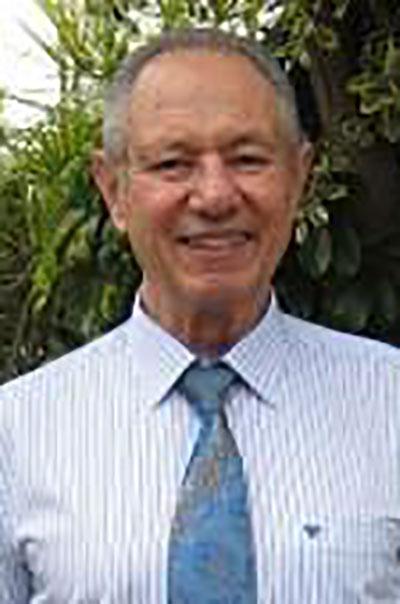15 October 2020 - 9:00 am to 4:30 pm EDT
Registration closes on 13 October 2020 at 5:00pm EDT
Online via WebEx
Price$279 IEEE ComSoc member |
Not a member? Join ComSoc Today IEEE Members can add ComSoc to their membership. |
Course Description
This course teaches how signals from orbiting satellites that are 20,000 km above the earth can be used to locate terrestrial objects to an accuracy of several meters down to a fraction of a centimeter. It begins with a brief review of satellite navigation history, then describes the major system components and the coordinate frames in which location of satellites and targets is described. The main portion of the course focuses on the features and techniques in target receivers that determine location and time estimates, including differential GNSS (Global Navigation Satellite System), and presents sources of error and the necessary relativistic corrections. The existing and developing global and regional satellite navigation systems are described, as well as major improvements to the veteran implementations, the American GPS and Russian GLONASS. Integration of inertial measurement systems (IMS) with satellite positioning is also explained. The course concludes with a discussion of GNSS implementation.
Overall, this course will help you understand how satellite navigation works, what its features and limitations are, which satellite navigation systems are available or being developed and how to more effectively utilize them.
Who Should Attend
Potential course attendees will be people with an engineering background employed in companies developing or using wireless positioning and location and who need a more than basic understanding of satellite navigation. Course participants will include personnel at engineering and managerial levels, as well as marketing executives and students. In general, the course is for those who are curious to understand how GNSS (Global Navigation Satellite System) works.
Instruction Level: Intermediate
Prerequisites: Participants should have or are currently studying for a degree in engineering or physics. Familiarity with matrix arithmetic is recommended.
Instructor

Learning Objectives
Upon completion of this course participants will:
- Understand how global coordinate systems are defined and what they are used for.
- Understand the architecture of GNSS receivers.
- Know how pseudorange is calculated to meter precision and better.
- Understand sources of navigation errors and how they are minimized.
- Know how to find target coordinates from pseudorange measurements.
- Understand the features of the different GNSS versions and the differences between them.
- Know how inertial measurements support navigation when satellite signals are temporarily blocked.
- Understand the standard formats of navigation receiver outputs.
- Understand how satellite navigation is used in common applications.
Course Content
- History of satellite navigation (1/2 H)
- Introduction to satellite positioning (1/2 H)
- Space, Control and User segments
- Timing
- Coordinate systems (1/2 H)
- Inertial ECI
- Earth centered ECEF
- Geodetic
- Satellite positioning technology (3 H)
- Signals and system features
- Acquisition and tracking
- Constellations and orbits
- Data messages
- Error sources
- Relativistic corrections
- Augmentation systems
- Global and regional systems (1/2 H)
- US GPS
- Russia GLONASS
- Europe Galileo
- China BeiDou (BDS)
- Japan QZSS
- India NavIC
- Inertial measurements and GNSS integration (1/2 H)
- Implementation (1/2 H)
- Output formats
- Indoor solutions
- Applications
Course Materials
Each registered participant receives a copy of instructor slides and access to the recording of the course for 20 business days after the live lecture. Earn 0.6 IEEE Continuing Education Units for participating.
Upon registration, you will automatically be emailed the WebEx invitation for the course session, but you will also be sent a reminder message to join the WebEx session prior to the start of the course. Course materials will be emailed to you and will be available for download from the WebEx session page for this course, the day prior to the scheduled course date.
Course Cancellation and Refund Policy: Requests for online course cancellations must be received 3 business days prior to the course date for a full refund. Once course materials have been shared with a participant, a cancellation request cannot be accommodated.
Contact Us
For general inquiries and technical support, contact Tara McNally, Certification and Professional Education Manager.
Review the system requirements for WebEx.
Test your browser by joining a meeting.


